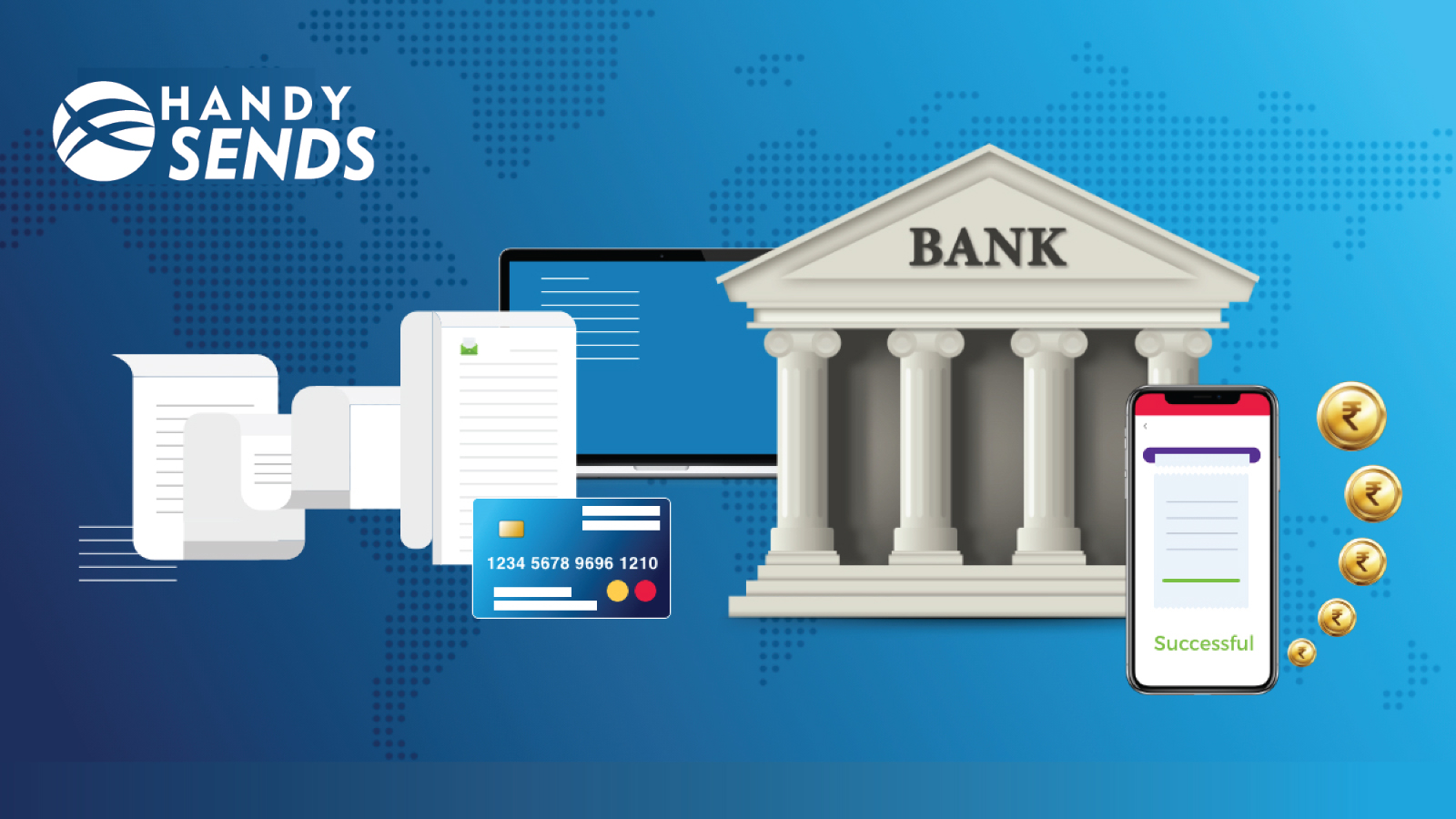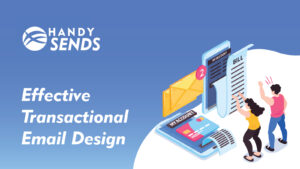The Banking Industry all over the world is undergoing many changes, importantly in their communication channels, to maintain their pace accordingly in ways of connecting their clients. Email is one medium in staying connected with their clients. Emails related to banking services are transactional emails that are triggered based.
Transactional emails exhibit a high effect on the banking sector in serving clients via emails. They possess an average opening rate of 21.56% which acts as a medium in double assuring the receipt about their transactions held. However, it is found that banks have never harvested them properly in their use.
Transactional Emails are the triggered emails that are based on user’s actions and needs which hold sensible, instant, and time-bound information that is sent via banking services.
Adding transactional emails to the banking sector holds a real-time email activity in engaging customers. They sever the situation instantly with a personalized touch for every condition laid by the user in serving them. Banks send numerous emails related to insurance, banking, loans, investments, and many more. These emails often contain sensitive information that is to be noted.
Transactional Emails
Transactional emails are the way for customers to keep them active by offering regular customized services based on their actions and requirements They are 5 reasons why opting for transnational emails.
- Provides seamless communication – Transactional emails provide customers with information that is required of them. This helps in increasing customer engagement by increasing the conversion rates and helps in reducing the gap of communication between their users.
- Provides personalized service – It helps in improving the experience of customers by personal information, as transactional emails are one-to-one emails that need to be designed carefully according to the requirements. Content specialization places a prominent role in attracting readers.
- Provides easy data access – Transactional emails in banking services work in delivering information to the customers. They provide regular updates which involve loan notifications, Deposit success, Statements of monthly transactions, interest payments, bank account updation, withdrawals, password updation, and other information handy. Through which they get easy access to their data with no worries.
- Provides secure email activity – Data related to banks in transactional is highly sensible which can be used by the cyber thefts in miss using the data. To secure transactional emails from them, the emails sent should be well-secured using Secure email encryptions, Integrated APIs & SMTPs, building strong security layers, providing two-way login authentication, secure IP addresses, and many more.
- Provides manageable information – The Information available can be customized efficiently according to the need. They can be segregated according to the services provided according to age, location, use, and requirements.
Types Of Transactional Emails In Banking Services

Banking services involve many emails in meeting the customers. They are the best way of maintaining customer relationships, which also acts as proof of maintaining data according to the user action. Here are few transactional emails which are mostly used in banking services.
- Bank statement
- Onboarding emails
- Welcome emails
- Winback emails
- Payment notification emails
- Suspicious activity alerts
- Educating clients’ emails
- Followup emails
Let us see them…
- Bank statements: They are the statements provided by the bank to the customers on their transactions done. They carry monthly, weekly, quarterly, annual information as per the customer requirement.
- Onboarding emails: Onboarding emails help in overall customer emails while reinforcing the bank’s image and also cross-sell additional information related to the bank. They act as the first communication to the new subscriber in onboarding with the bank.
- Welcome emails: The open rate of welcome emails is 60%, they are usually short. It is a part of the onboarding process with emails that comprise clear CTA. Users receiving welcome emails show more engagement.
- Winback emails: Their primary aim of win-back emails is to re-engage the inactive subscribers by grabbing the attention and persuade them to react, which converts them into active emails.
- Payment notification email: They are sent automatically when the user places an order through third parties or the bank services they receive a confirmation email., that double-check the payment by the receiver.
- Suspicious activity emails: They alert the users in case of any suspicious activity that their bank account has occurred, like phishing, and alert the user.
- Educating client emails: They carry the information which the user should know about their new policies, schemes, service-related things which carry important in point of banking service.
- Followup emails: They are the multiple touchpoints in educating the customers, they work great in impressing the customers. Followups are mostly ignored by the baking sectors if they opt they add great value.
Using transactional emails, banks can attractively sever customers with the tools involved in transactional emails in creating engaging content with unique templates personalized according to their actions.
HandySends Transactional Emails service is specialized in delivering emails right to the recipient’s inbox without any doubt. HandySends expertise team provides a unique solution with integrated email services with cloud-based in fracture, Email API and SMTP, Email Verification, Spam Filter, and much more to have a smooth flow of delivering emails.
Why waiting? Get started now to no more about HandySends Transactional Email Service. Pick your plan according to business use and services at an affordable price.
40,000 Free Emails for 1st Month
Extensive Support Documentation
Multi-Language Customer Support




Really enjoyed this post.Thanks Again. Will read on…